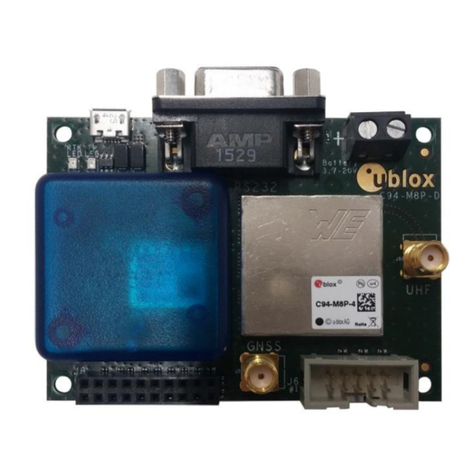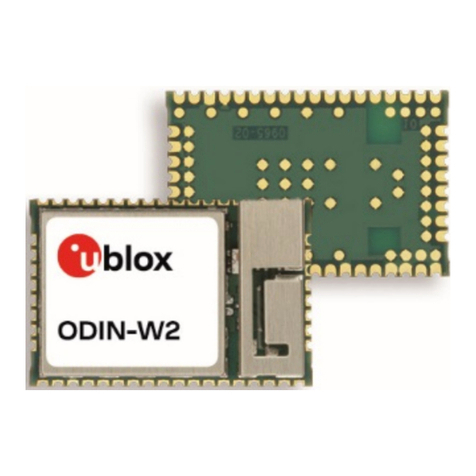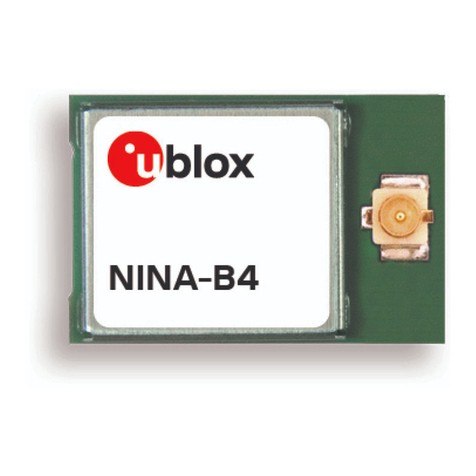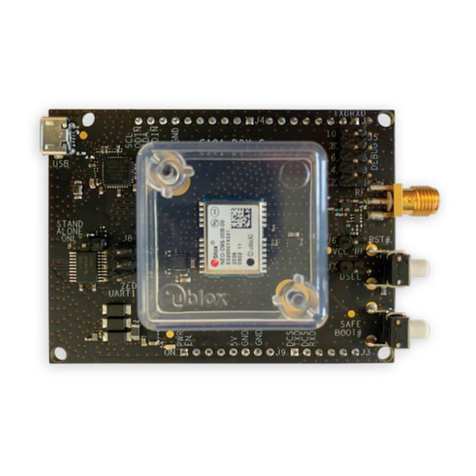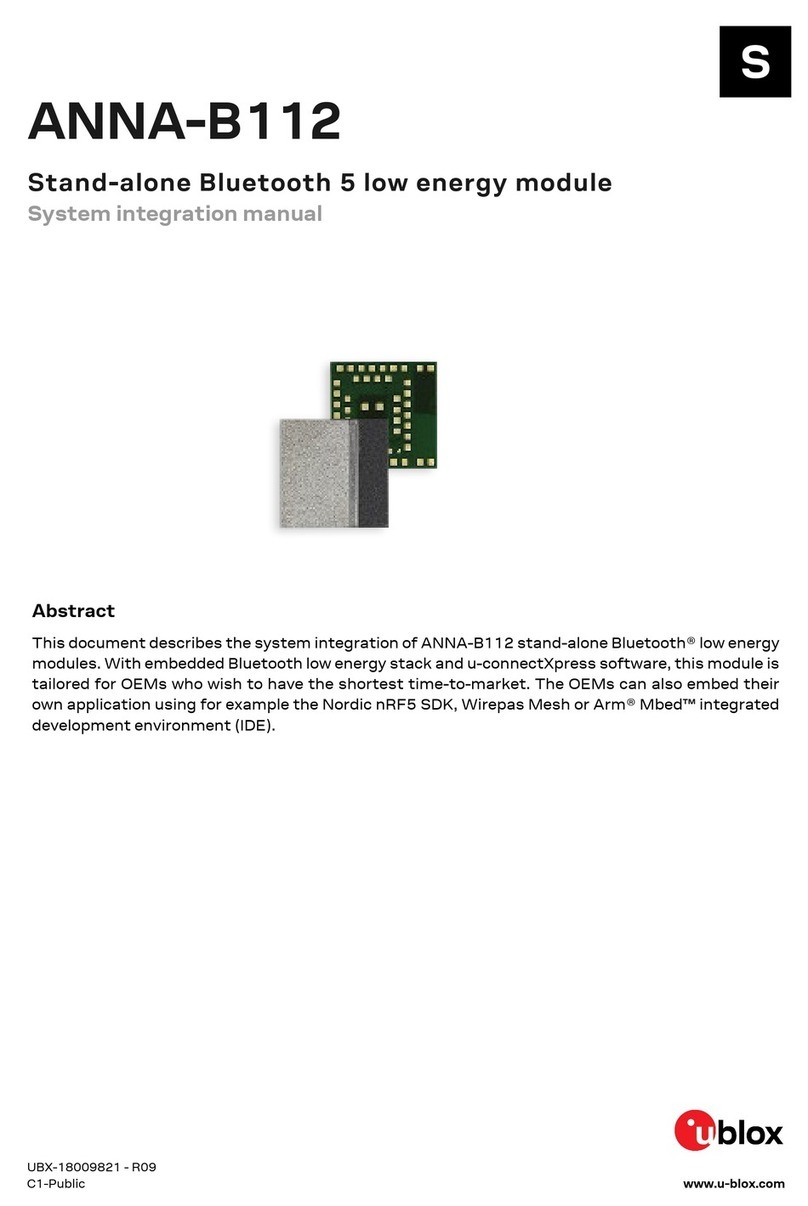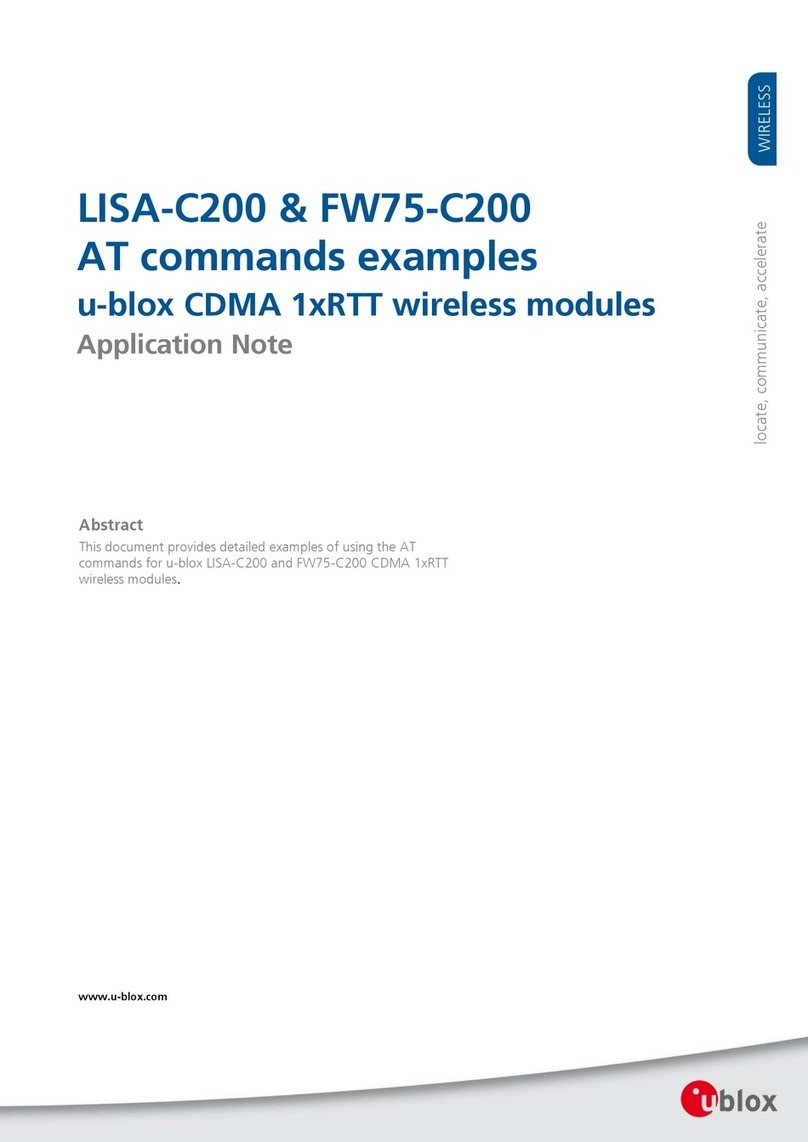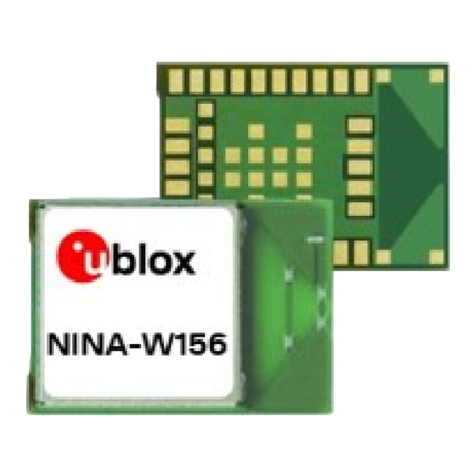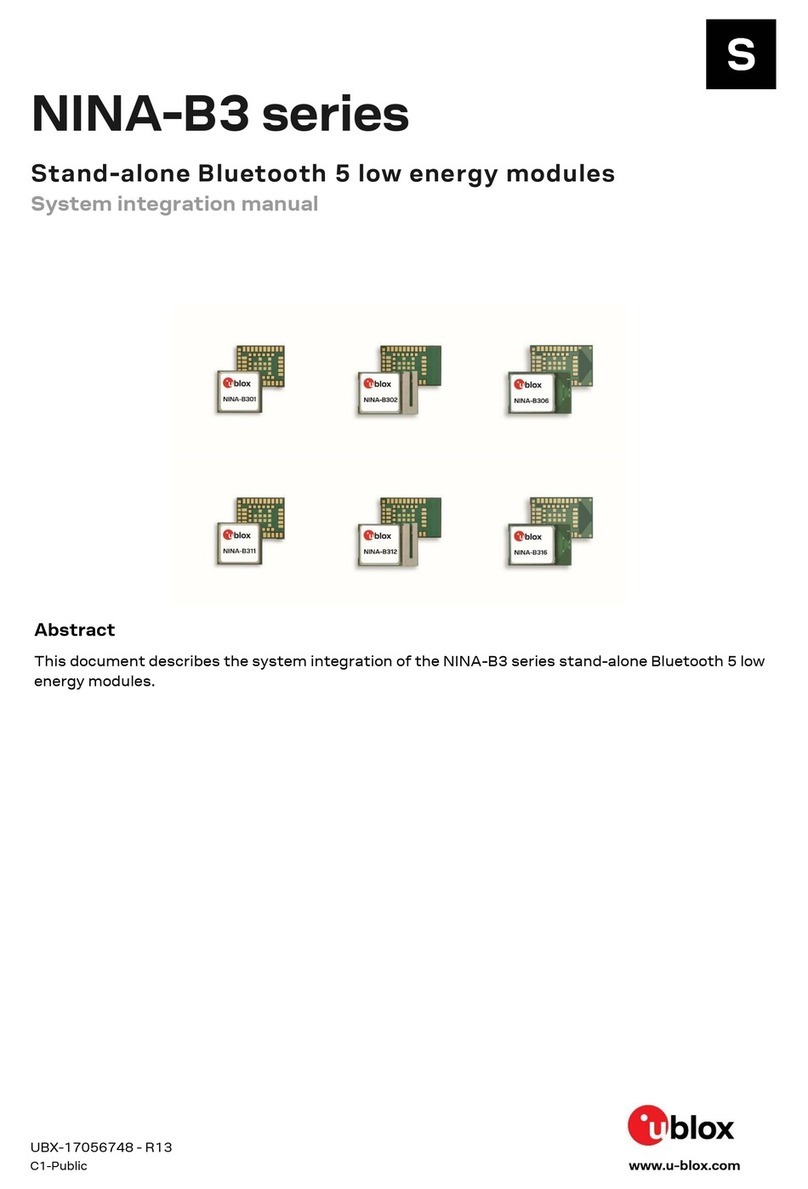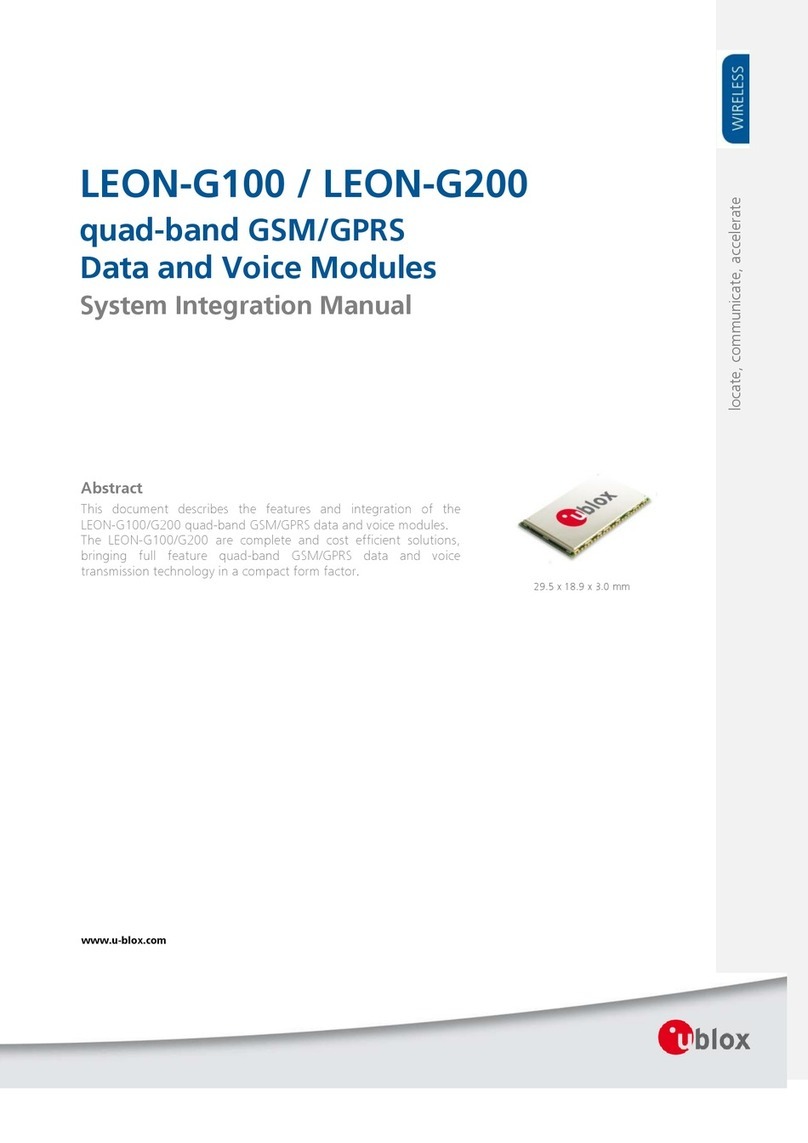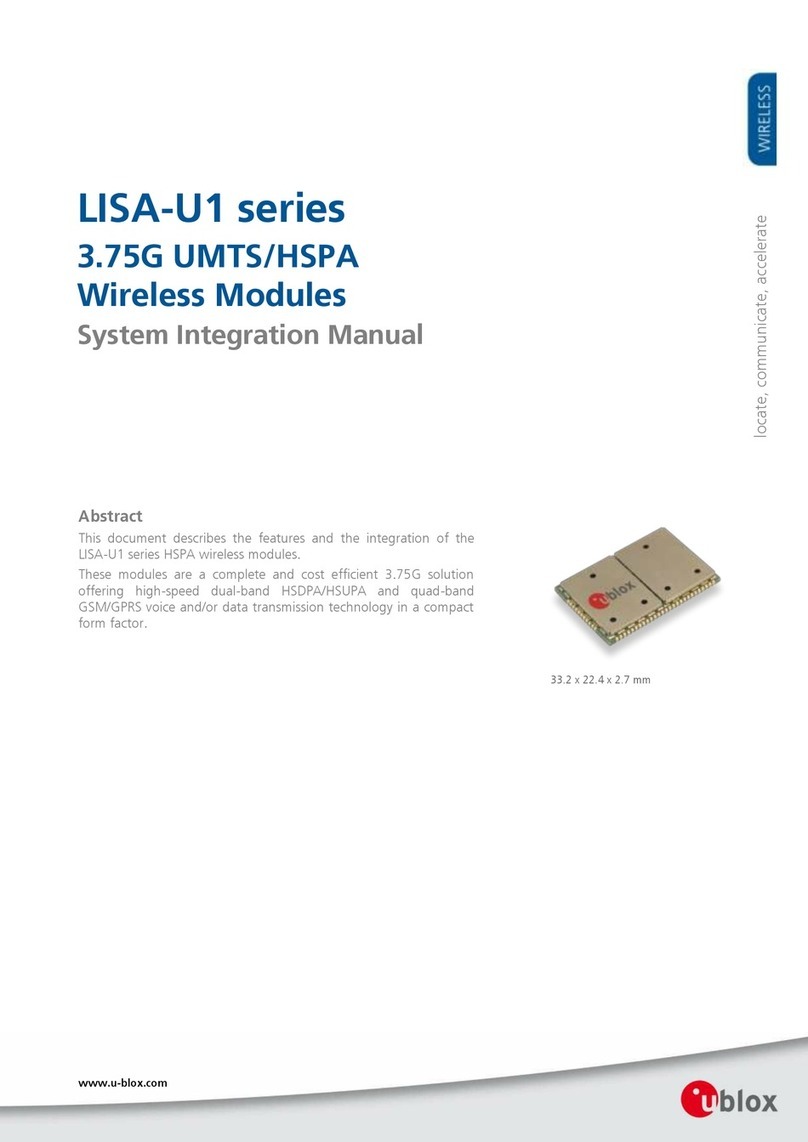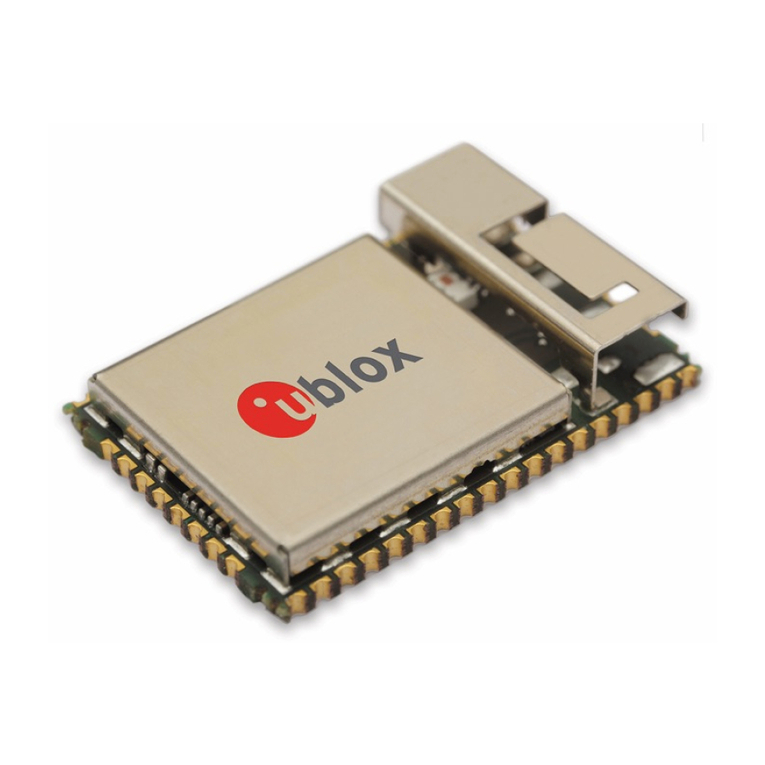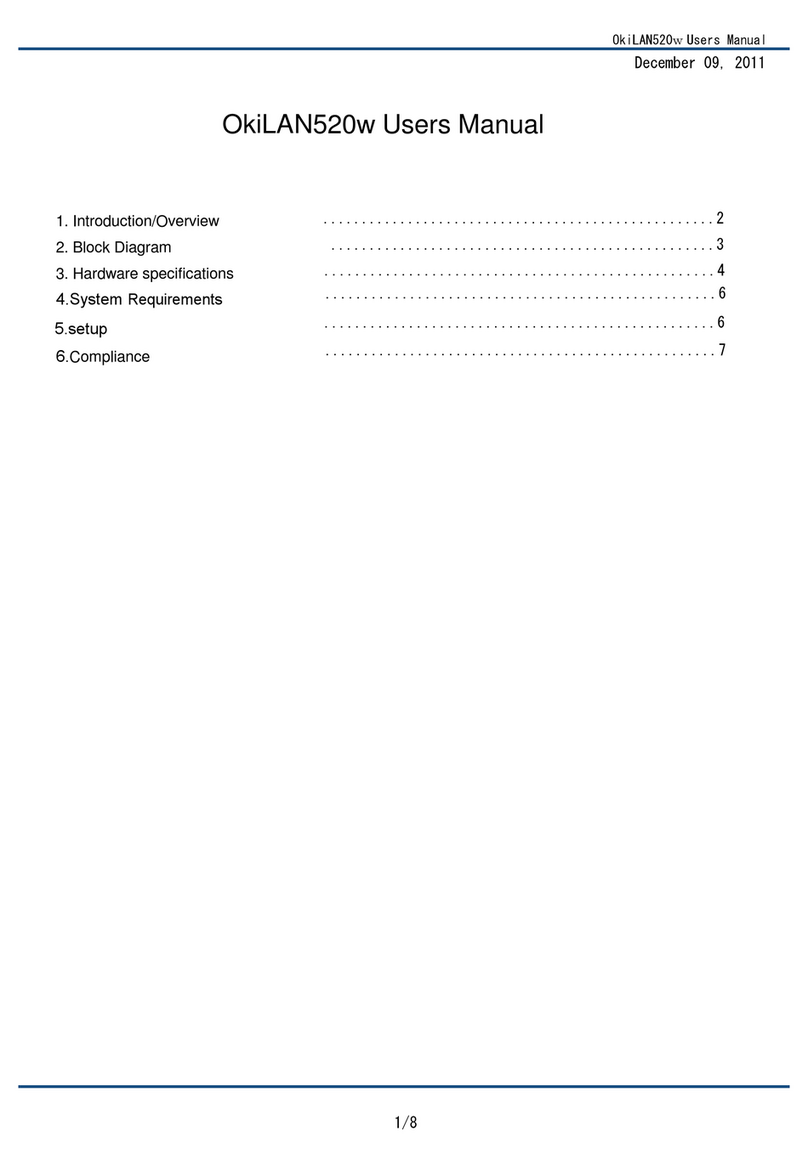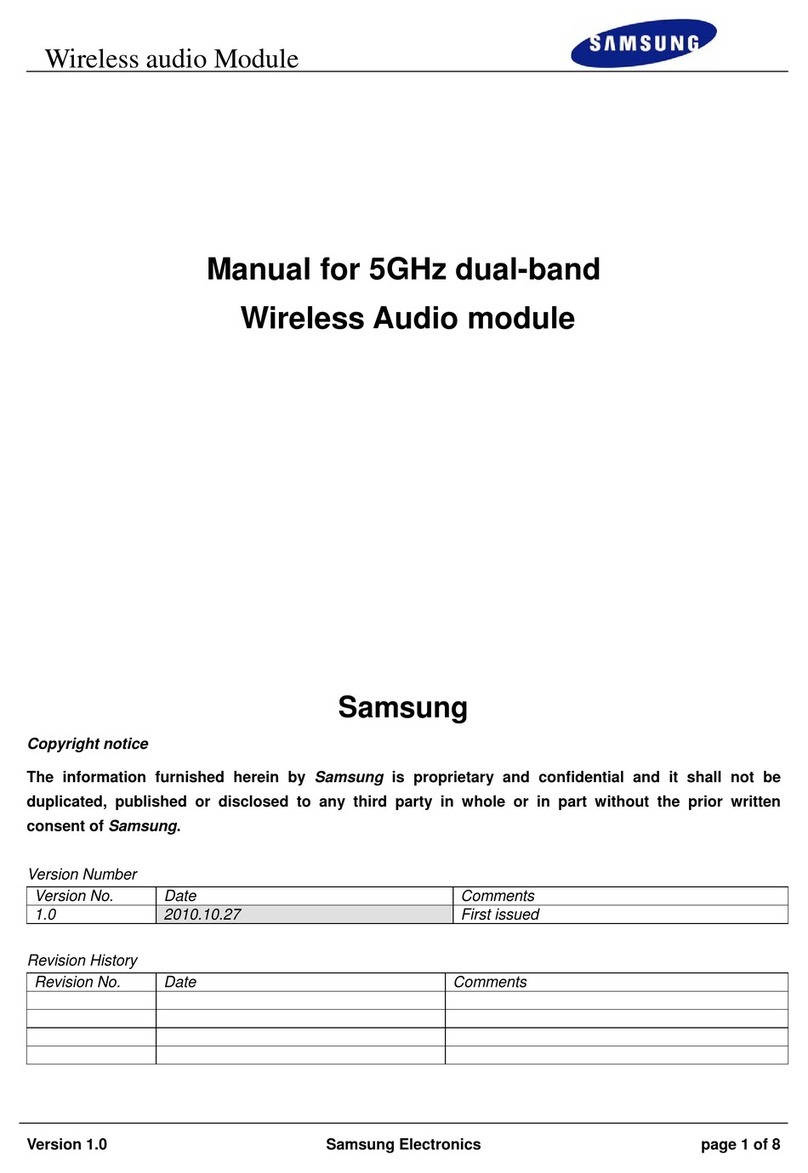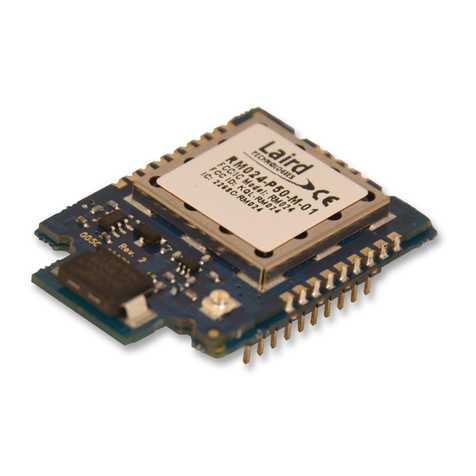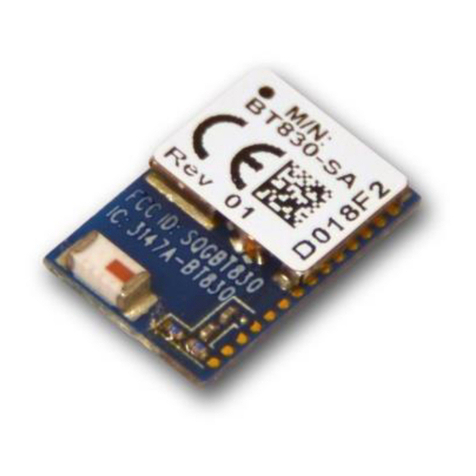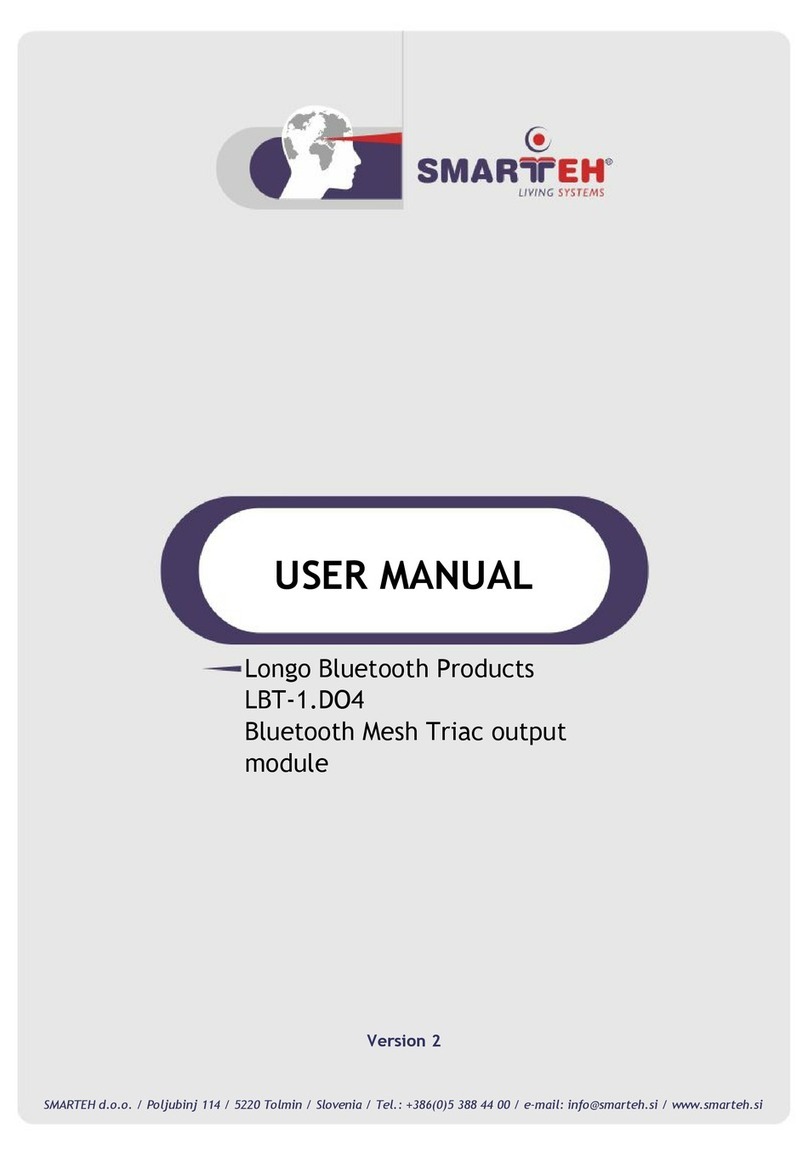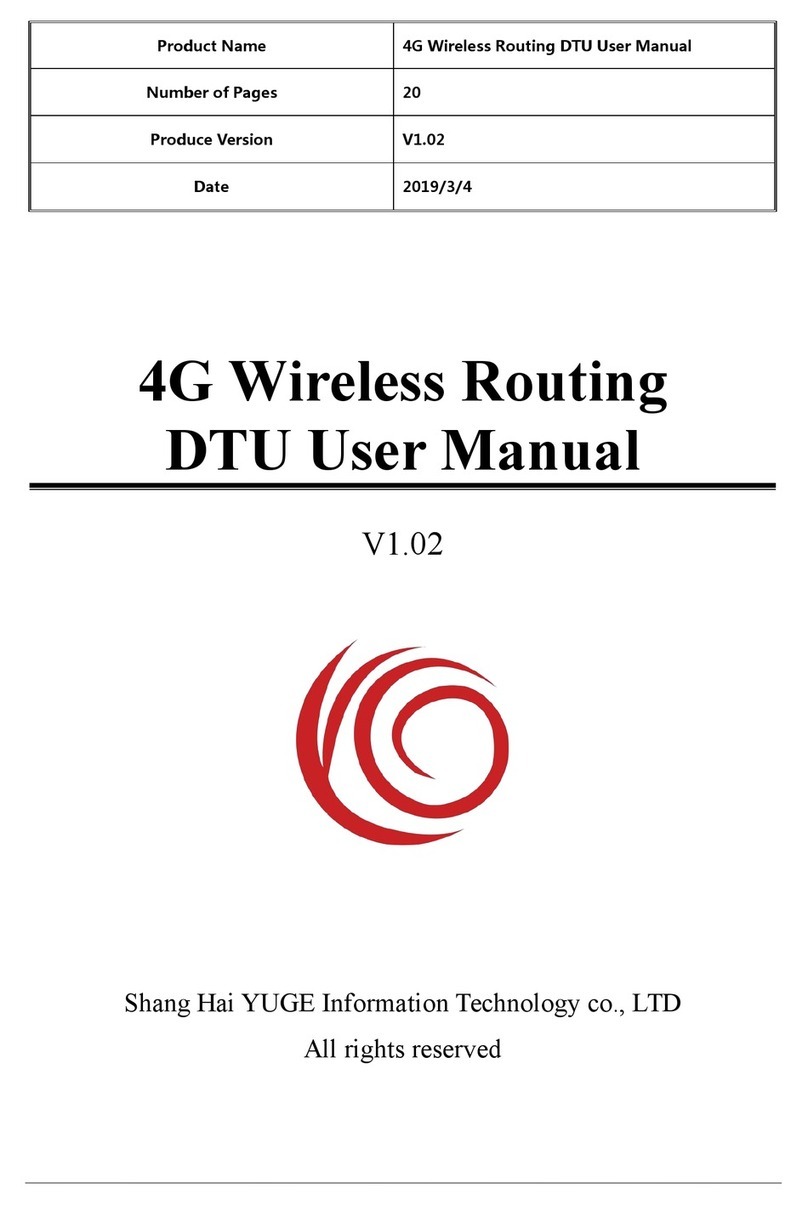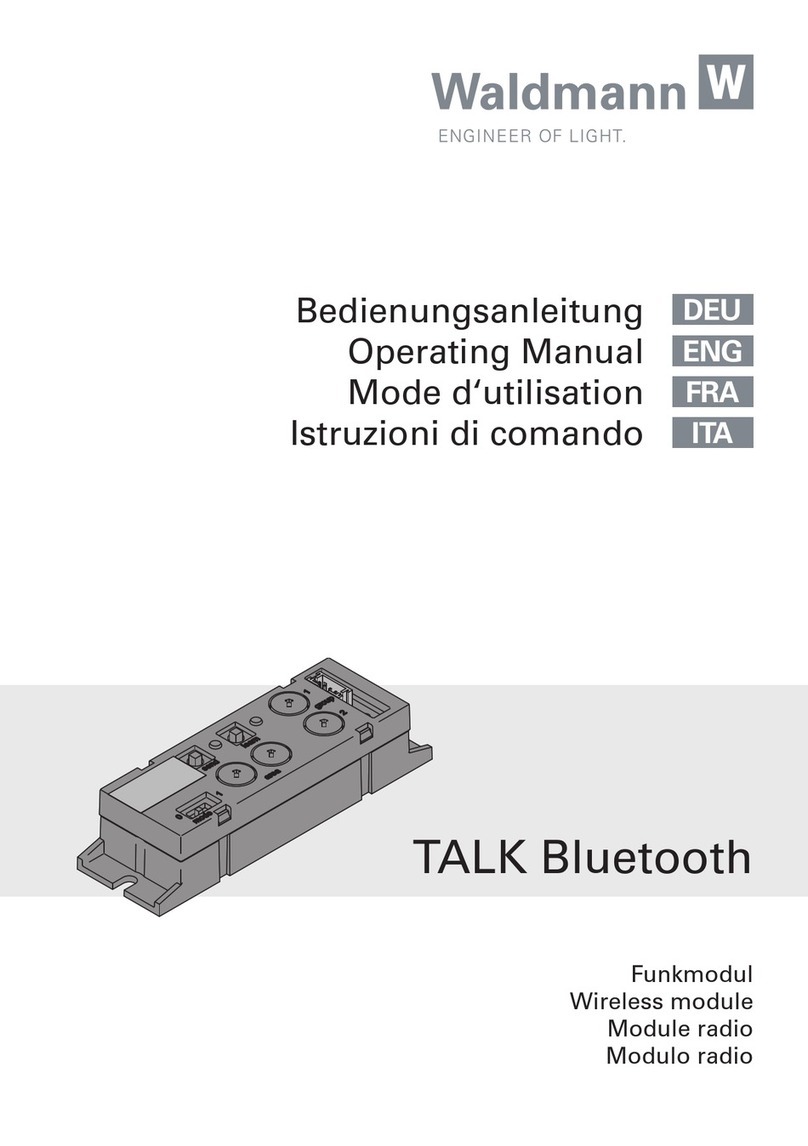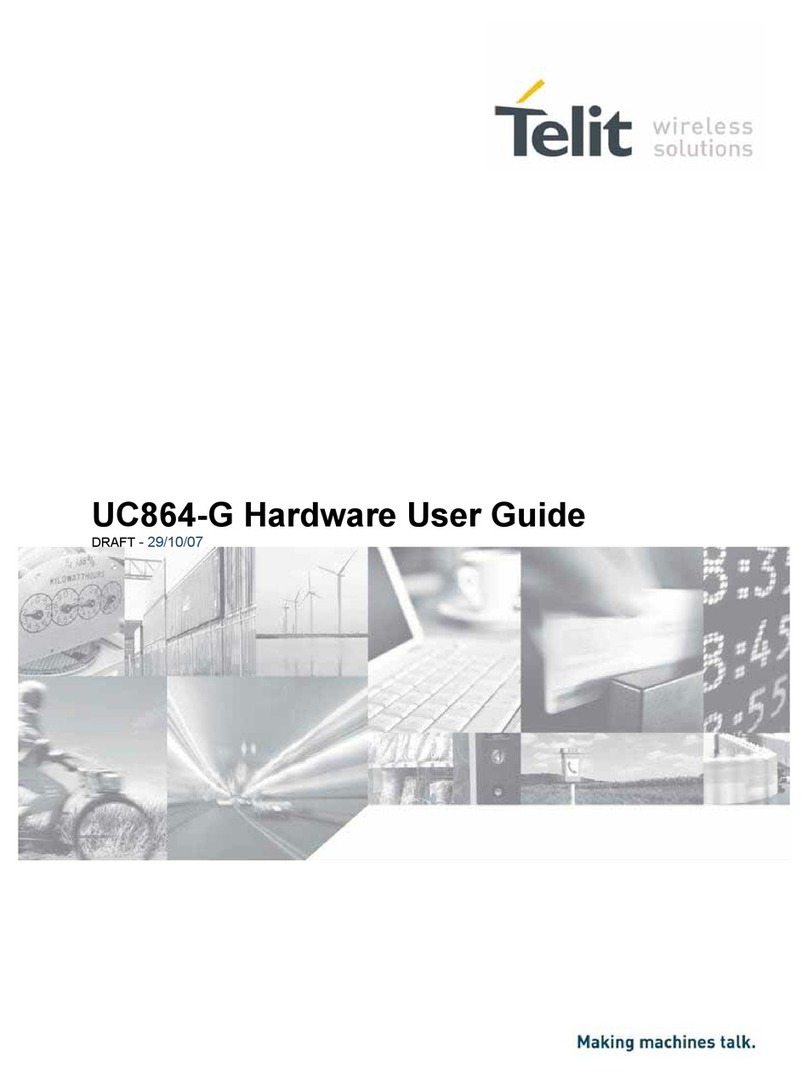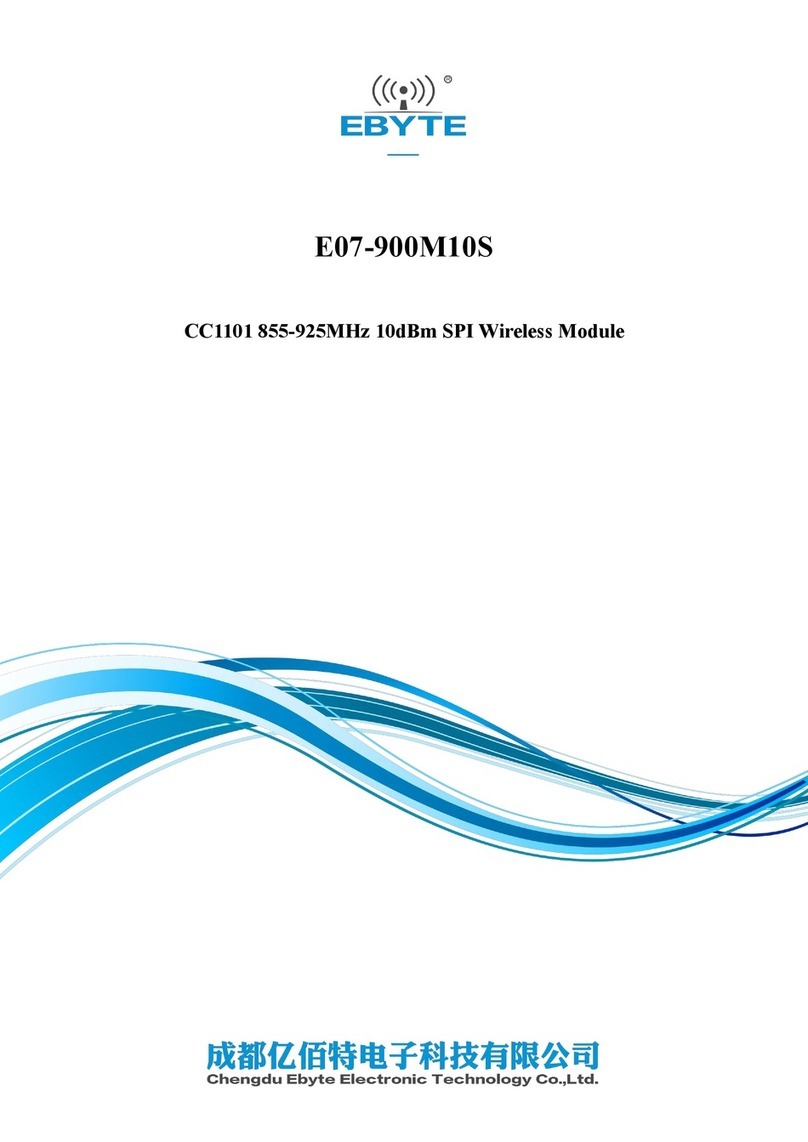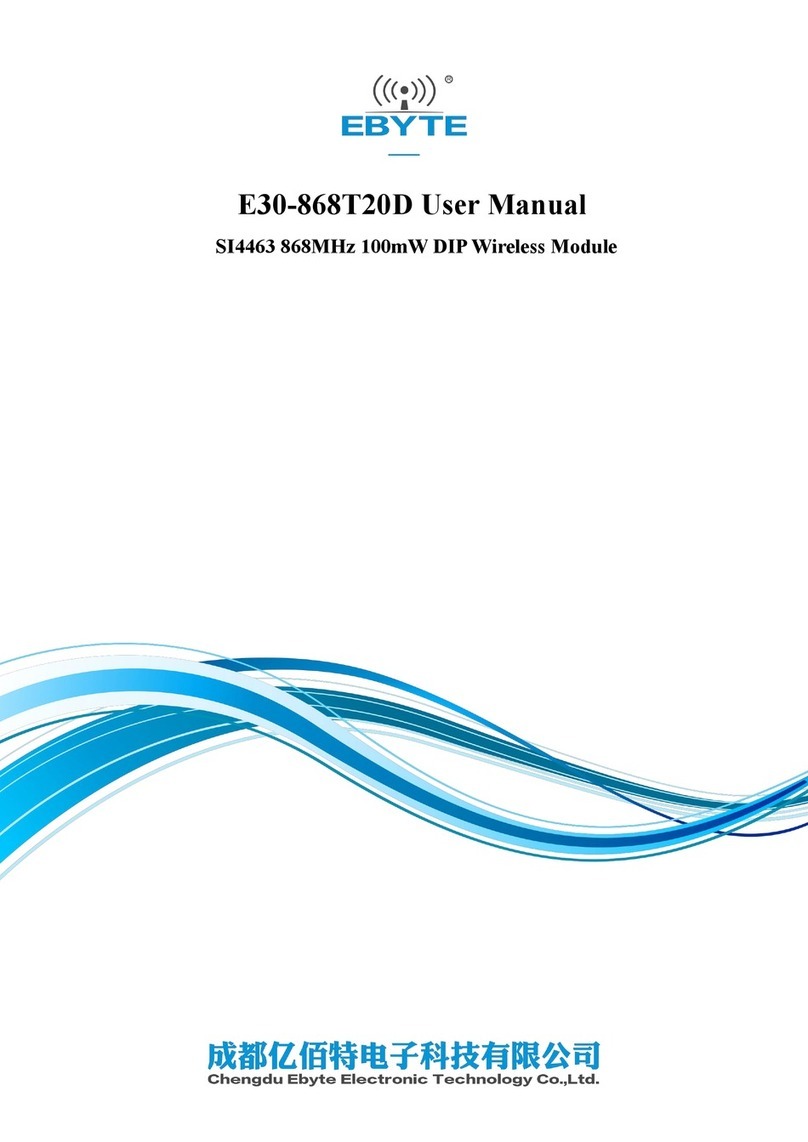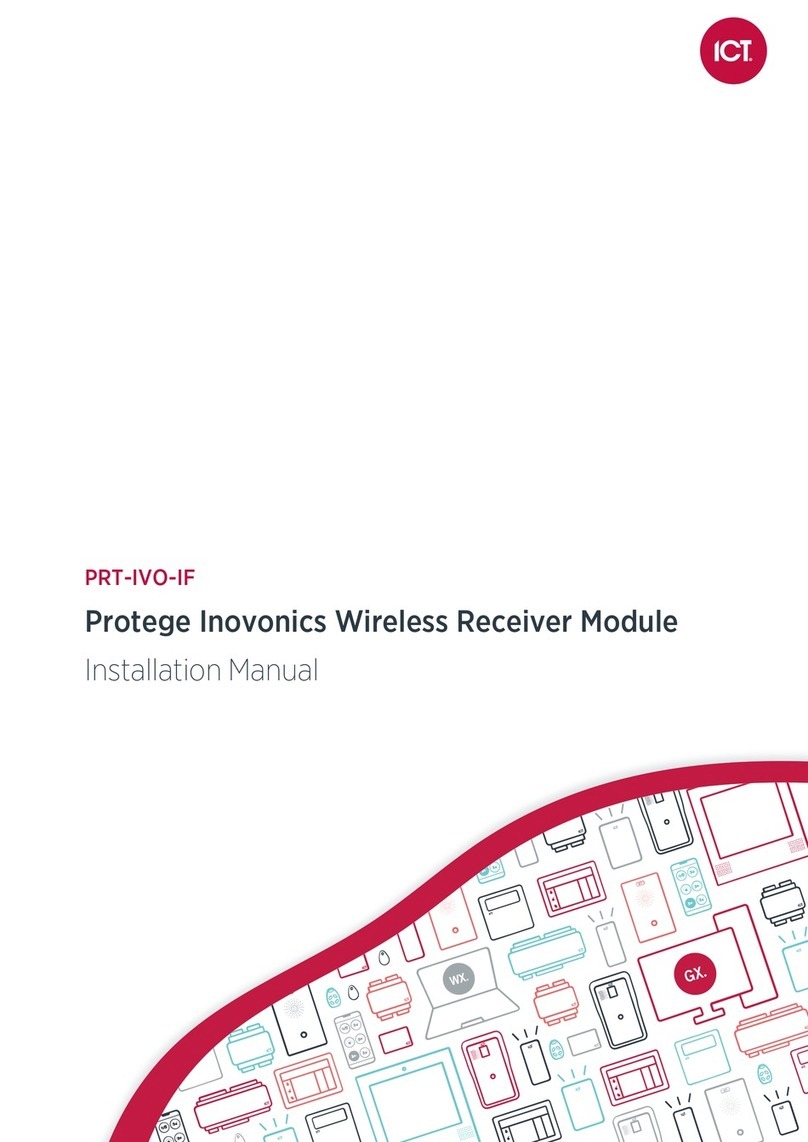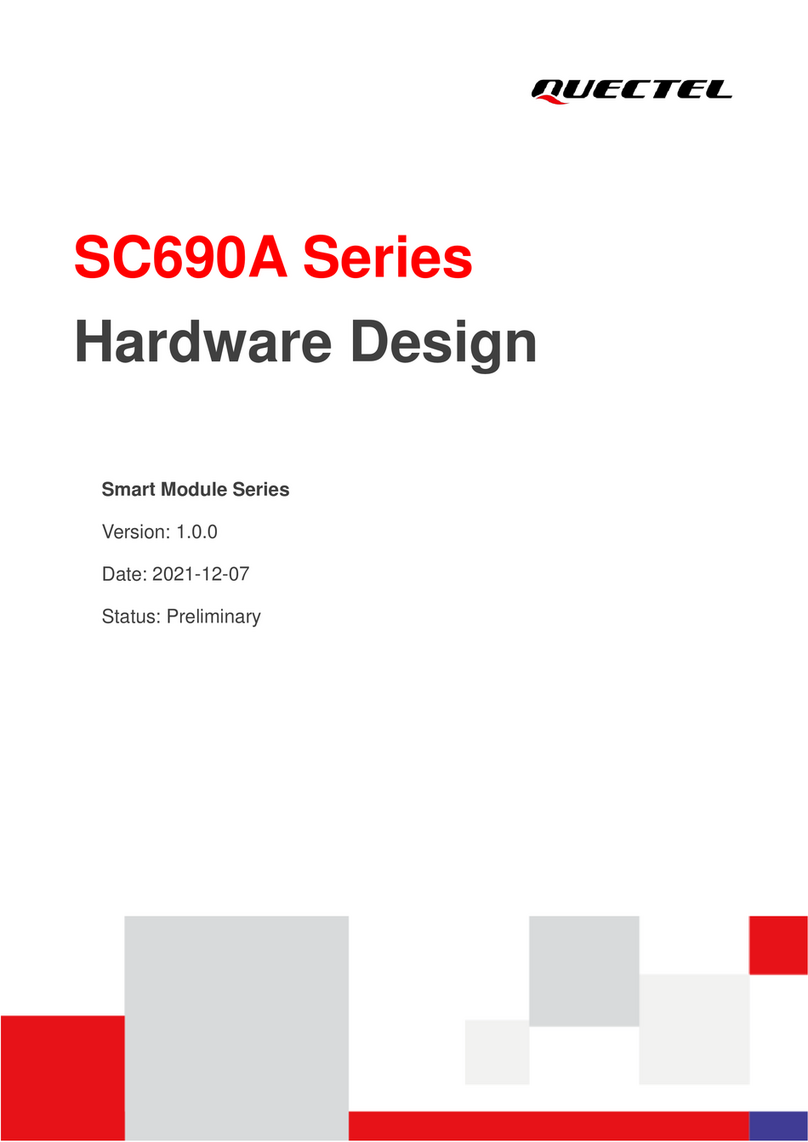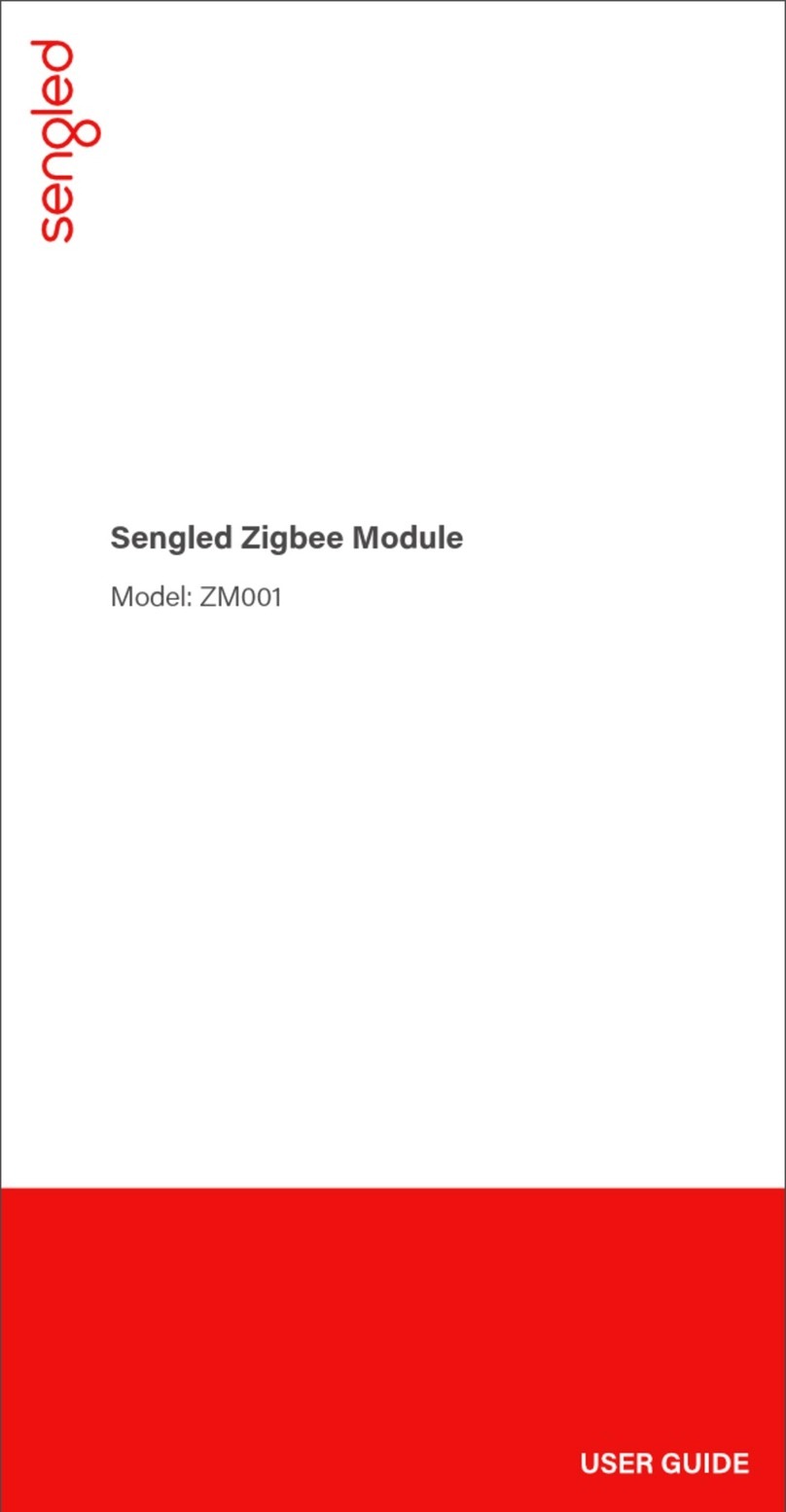
TOBY-R2 series - System integration manual
UBX-16010572 - R10 Page 5 of 151
2.15 Design-in checklist.................................................................................................................................. 124
2.15.1 Schematic checklist....................................................................................................................... 124
2.15.2 Layout checklist.............................................................................................................................. 125
2.15.3 Antenna checklist........................................................................................................................... 125
3Handling and soldering ....................................................................................................................126
3.1 Packaging, shipping, storage and moisture preconditioning ........................................................ 126
3.2 Handling.................................................................................................................................................... 126
3.3 Soldering................................................................................................................................................... 127
3.3.1 Soldering paste ............................................................................................................................... 127
3.3.2 Reflow soldering.............................................................................................................................. 127
3.3.3 Optical inspection........................................................................................................................... 128
3.3.4 Cleaning ............................................................................................................................................ 128
3.3.5 Repeated reflow soldering ............................................................................................................ 129
3.3.6 Wave soldering................................................................................................................................ 129
3.3.7 Hand soldering ................................................................................................................................ 129
3.3.8 Rework .............................................................................................................................................. 129
3.3.9 Conformal coating.......................................................................................................................... 129
3.3.10 Casting.............................................................................................................................................. 129
3.3.11 Grounding metal covers ................................................................................................................130
3.3.12 Use of ultrasonic processes .........................................................................................................130
4Approvals.............................................................................................................................................. 131
4.1 Product certification approval overview..............................................................................................131
4.2 US Federal Communications Commission notice............................................................................ 132
4.2.1 Safety warnings review the structure........................................................................................ 132
4.2.2 Declaration of Conformity............................................................................................................. 132
4.2.3 Modifications................................................................................................................................... 133
4.3 Innovation, Science, Economic Development Canada notice ........................................................ 134
4.3.1 Declaration of Conformity............................................................................................................. 134
4.3.2 Modifications................................................................................................................................... 134
4.4 European Conformance CE mark ........................................................................................................ 136
5Product testing ..................................................................................................................................137
5.1 u-blox in-series production test........................................................................................................... 137
5.2 Test parameters for OEM manufacturer...........................................................................................138
5.2.1 “Go/No go” tests for integrated devices .................................................................................... 138
5.2.2 RF functional tests.........................................................................................................................138
Appendix ..................................................................................................................................................... 140
AMigration between TOBY-L2 and TOBY-R2 ............................................................................ 140
A.1 Overview....................................................................................................................................................140
A.2 Pin-out comparison between TOBY-L2 and TOBY-R2 .................................................................... 142
A.3 Schematic for TOBY-L2 and TOBY-R2 integration.......................................................................... 145
BGlossary ................................................................................................................................................146
Related documents ..................................................................................................................................149
